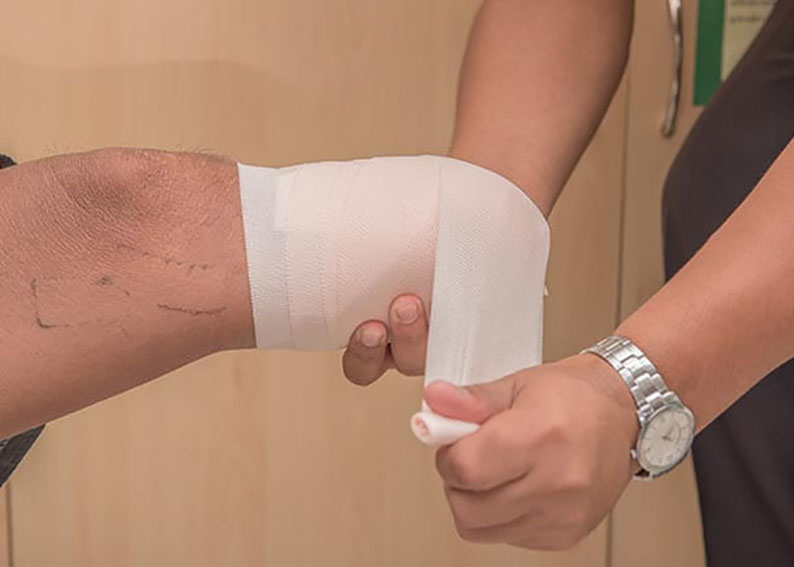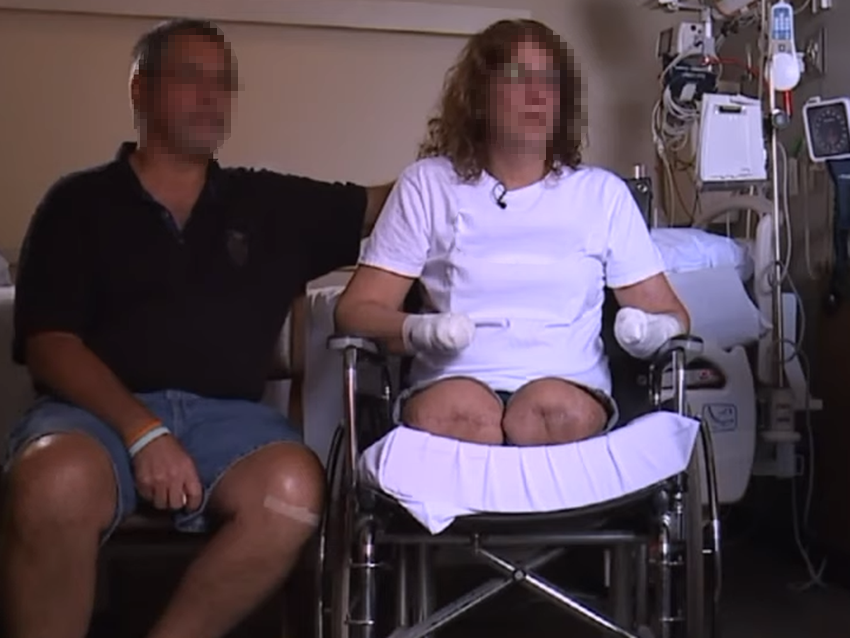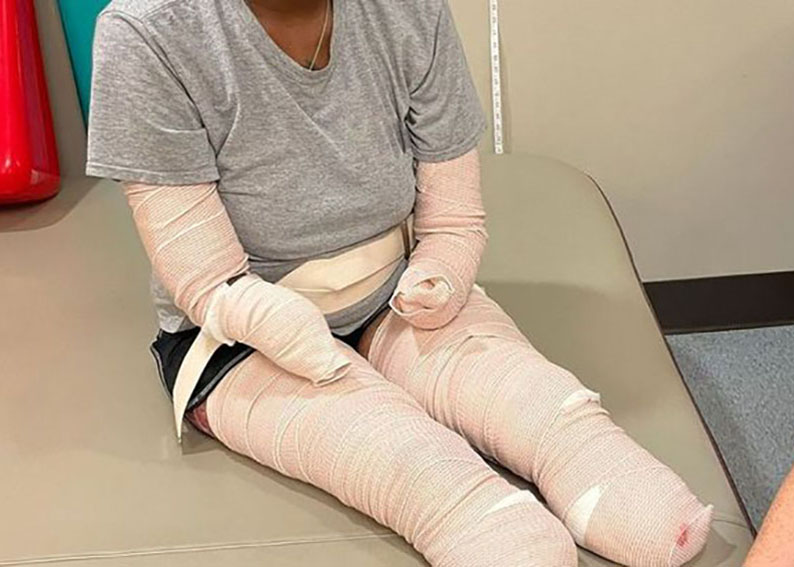Saving the patient's life is the first consideration when treating severe lower limb trauma and other injuries. According to our experience, patients with severe lower limb trauma often have severe injuries of craniocerebral, chest, abdomen, spine, spinal cord, pelvis and upper limbs at the same time. There are many injury sites, open and closed injuries can exist at the same time, and the symptoms and signs of different parts and systems can affect each other and worsen the condition. Especially the elderly often have a variety of chronic diseases, the body's immune function and stress ability is relatively low, at this time should give priority to amputation surgery, to ensure the safety of patients. However, some patients believe that advanced age is not a contraindicated evidence for limb rescue, and active efforts should be made to save limbs for type iii open fracture of tibia over 60 years old.

Crush injuries and other high-energy injuries account for the majority of cases of severe leg trauma, sometimes causing severe soft tissue damage even though blood circulation can be restored to the injured limb through vascular repair. Muscle is more sensitive to ischemia, and it is generally believed that degeneration and necrosis can occur after 6-8 hours of trauma. If bone and soft tissue are damaged at the same time, the safety time will be greatly shortened. We et al. found that 70% of patients with open tibial fracture accompanied by limb ischemia needed amputation, while limb salvage surgery was not considered for severe crush injury with thermal ischemia time exceeding 6 hours. Some professionals believe that the amputation rate is 50% after the limb ischemia time exceeds 8 hours. When there are serious skin and bone defects, muscle injury and wound contamination, even if the neurovascular injury is not serious, the reconstructed limb may not have good function, especially in the middle and lower tibia. For patients with severe crush injury of lower limbs, in addition to early detrauma, fascial compartment incision decompression, fracture fixation and wound covering, it is also very important to judge the vitality of soft tissues especially in skin and muscle. If the opportunity is lost. The limbs cannot be saved.

Lower limb fracture with vascular injury is rare, but the amputation rate is quite high. It has been reported that patients with type ⅲ C tibial fracture who did not undergo amputation at the early stage all developed complications such as nonunion, and most of them eventually underwent delayed amputation. Even those who did not undergo amputation had poor function. Therefore, early detection and treatment of vascular injury is critical, and any delay in diagnosis and treatment will lead to limb loss [14-16]. Repair surgery should be performed immediately in all cases of anterior or posterior tibial artery injury, and further observation can be performed in cases of simple peroneal artery injury. At the same time, whether limbs can be preserved after repair surgery for artery injury varies with the site of injury: the amputation rate after artery injury is significantly lower than that of artery injury further away. The prognosis of lower extremity fracture with vascular injury is influenced by systemic and local factors. Traumatic shock and limb crush injury will increase the amputation rate.

The duration and degree of limb ischemia are decisive factors in the selection of early amputation indications, while the prognosis for long-term functional recovery of injured limbs depends on the degree of associated soft tissue, bone, and nerve injury.
After vascular repair surgery, the limbs of some patients were saved but lost function due to nerve injury. Type ⅲ C tibial open fracture combined with complete tibial nerve separation should be the absolute indication of amputation. The complete rupture or avulsion of the sciatic nerve at the hip joint level will also lead to complete paralysis of the tibial nerve, the common peroneal nerve and the cord muscle, and should be considered as an indication of amputation. Lower leg amputation should be considered for type ⅲ C tibial open fracture with severe foot injury. There are few studies on ankle injuries. The treatment experience of a group of type ⅲ B open ankle or talus fractures is summarized. It is suggested that early amputation should be performed if large bone defects are caused by such injuries.



